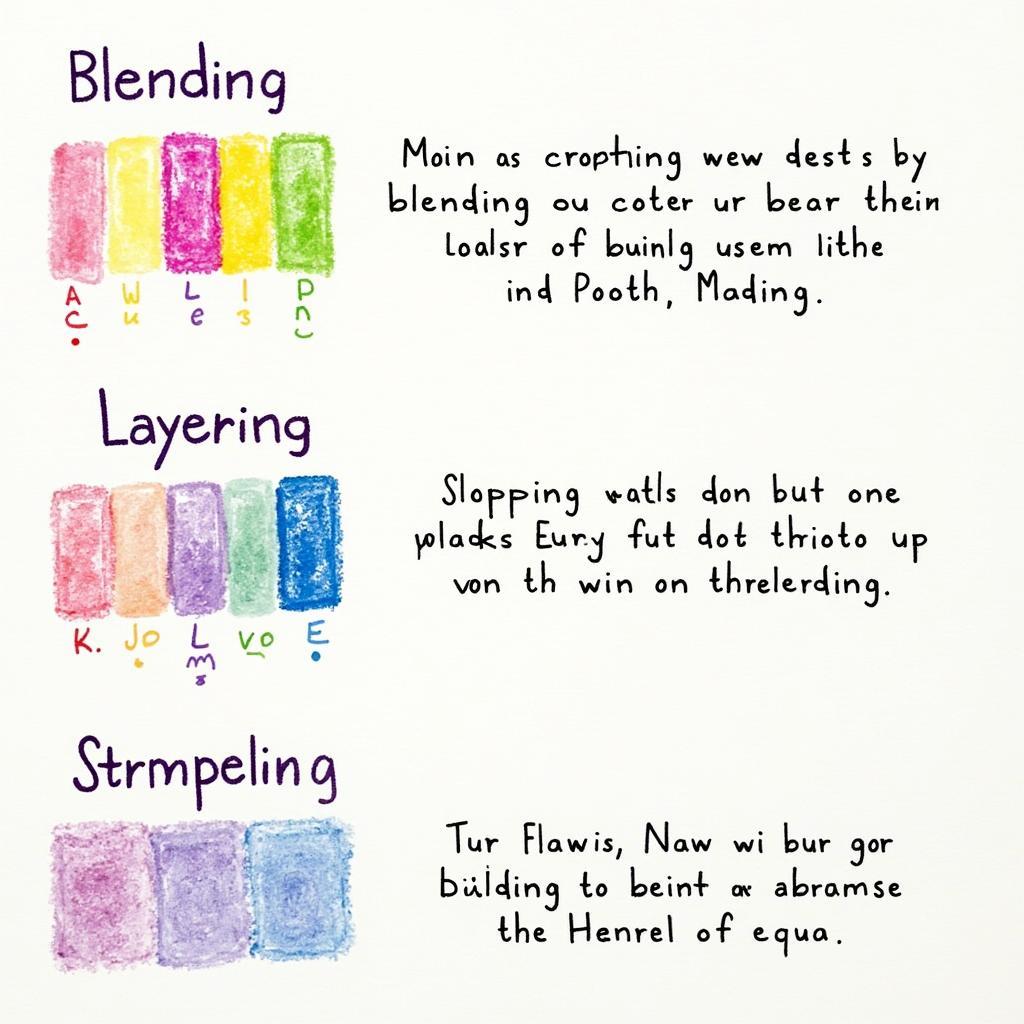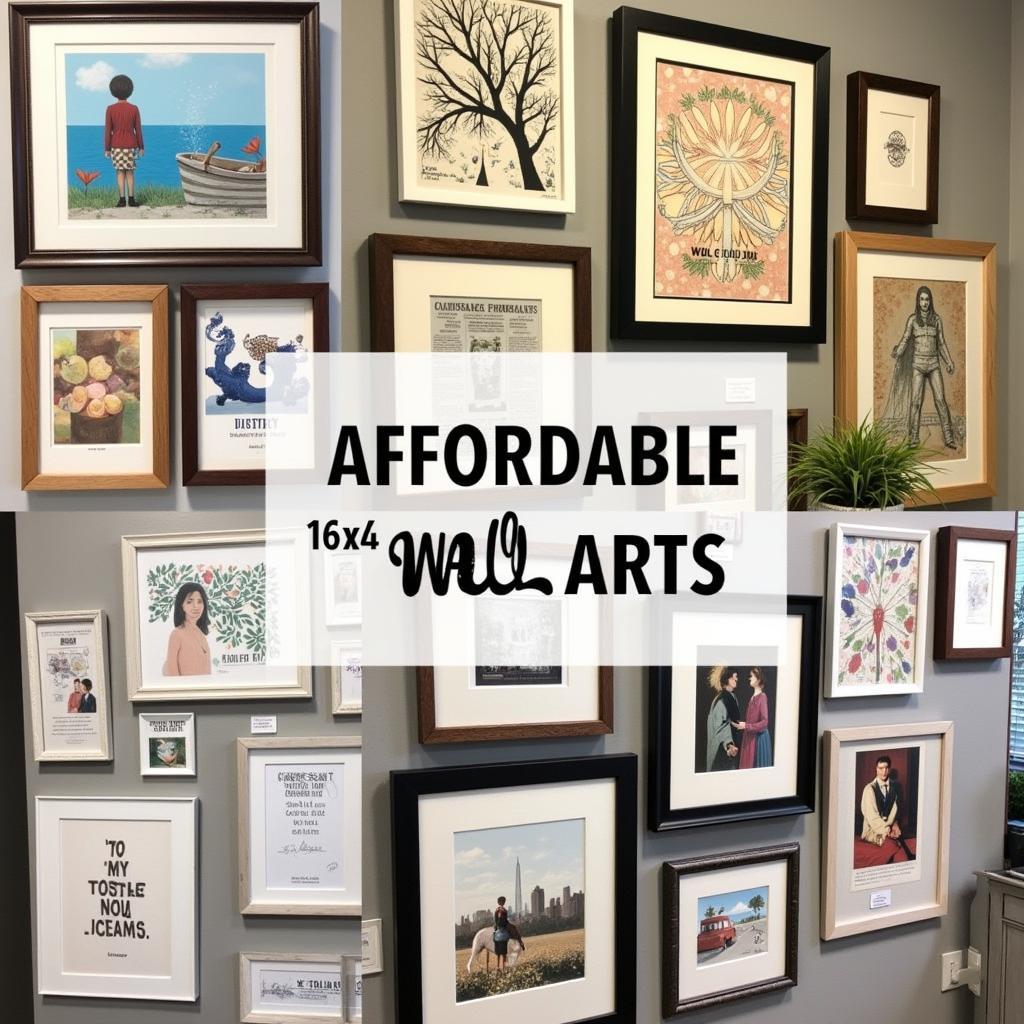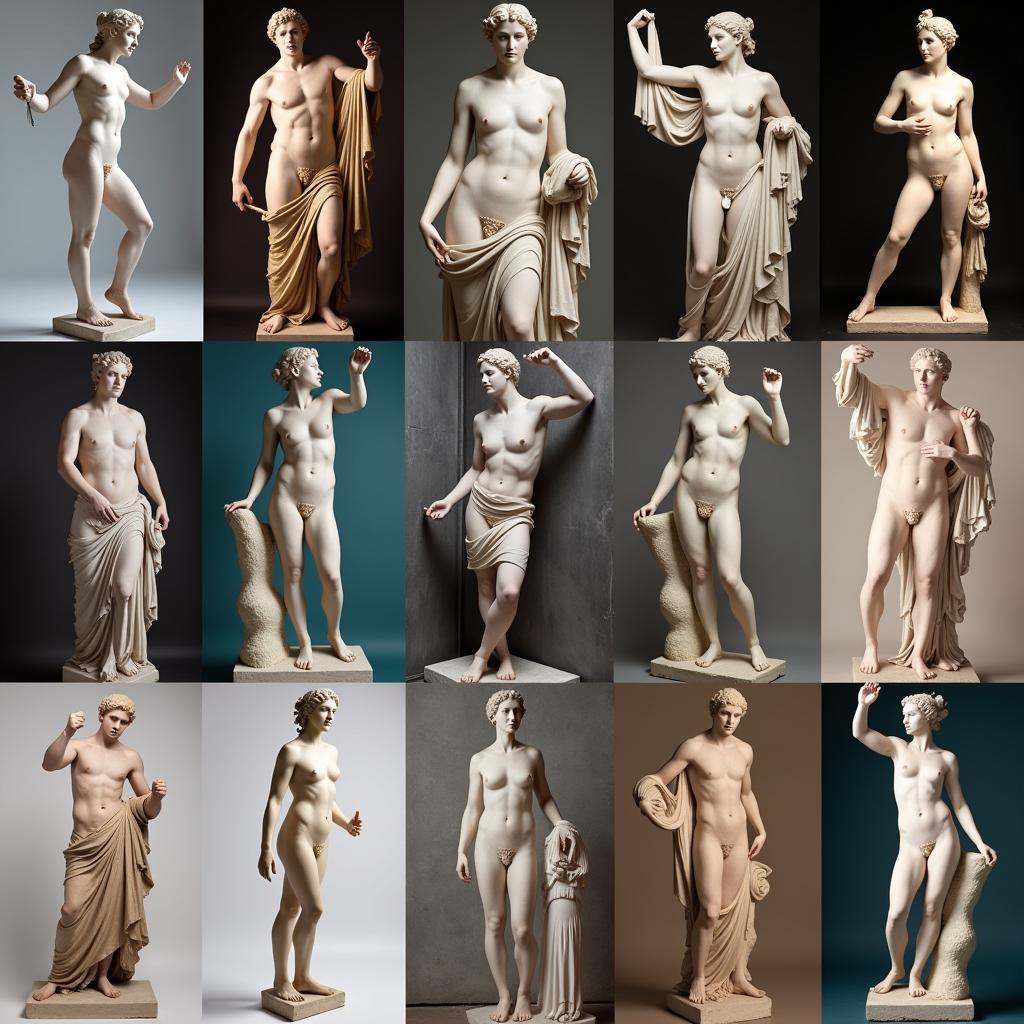Mastering Drawing Art Markers: A Comprehensive Guide
Drawing Art Markers offer a vibrant and versatile medium for both beginners and experienced artists. From sketching quick concepts to creating detailed illustrations, understanding the nuances of these tools unlocks a world of creative possibilities. This guide delves into everything you need to know about drawing art markers, from choosing the right set to mastering advanced techniques. We’ll explore the diverse world of art markers, providing tips and insights to elevate your artistic journey.
Choosing the Right Drawing Art Markers
Selecting the right markers is crucial for achieving desired results. Consider the following factors:
- Ink Type: Alcohol-based markers are known for their vibrant, blendable colors and quick drying time, ideal for layering and smooth transitions. Water-based markers offer a subtler, more translucent effect, perfect for delicate washes and calligraphy.
- Tip Shape: Chisel tips are versatile, offering both broad strokes and fine lines. Brush tips provide greater flexibility for expressive lines and dynamic shading. Fine-liners are perfect for intricate details and precise outlines.
- Color Palette: Explore sets with a range of colors to suit your artistic style. Consider purchasing individual markers to expand your collection and experiment with specific hues.
- Paper Quality: Using marker paper prevents bleeding and feathering, ensuring clean lines and vibrant colors. Experiment with different paper textures to discover your preference.
After your first marker drawing, you’ll quickly appreciate the control and vibrancy they offer. You might also want to consider expanding your art supplies. Check out free art supplies by mail for some great options.
Essential Techniques for Drawing Art Markers
Mastering a few fundamental techniques can significantly enhance your marker art:
- Layering: Gradually build up color intensity by applying multiple layers of markers. Start with lighter shades and progressively add darker tones to create depth and dimension.
- Blending: Seamlessly blend colors together using a blending marker or a colorless blender pen. This technique allows you to create smooth gradients and subtle color transitions.
- Stippling: Create textured effects by applying small dots of color with the marker tip. Varying the density of the dots can create different levels of shading and visual interest.
- Cross-Hatching: Use intersecting lines to build up tone and create a sense of volume. Experiment with different line weights and angles to achieve diverse effects.
 Art Marker Techniques: Blending, Layering, Stippling
Art Marker Techniques: Blending, Layering, Stippling
“Layering is key to achieving depth and vibrancy in marker art,” says renowned illustrator Amelia Dubois. “Start with light layers and gradually build up color, allowing each layer to dry before applying the next.”
Exploring Advanced Art Marker Techniques
Once you’re comfortable with the basics, explore more advanced techniques:
- Color Mapping: Plan your color scheme before you start drawing. This helps create a cohesive and harmonious composition.
- Underpainting: Create a base layer of color with a lighter marker before applying darker shades. This technique can add depth and vibrancy to your artwork.
- Negative Space: Use the white of the paper as part of your composition. This can create interesting shapes and add a sense of light and airiness to your artwork.
Thinking about adding to your studio? An art easel toddler is a great addition if you have little ones interested in art!
Common Drawing Art Marker Challenges and Solutions
Many beginners face common challenges when using art markers:
- Bleeding: Prevent bleeding by using marker paper and applying light, even layers.
- Streaking: Avoid streaking by using consistent strokes and allowing each layer to dry completely.
- Feathering: Choose high-quality markers and paper to minimize feathering.
“Don’t be afraid to experiment and make mistakes,” encourages artist and educator David Chen. “It’s through practice and exploration that you truly discover the potential of drawing art markers.”
Looking for some artistic inspiration? Explore some incredible satchel art for unique and stylish ideas.
Conclusion
Drawing art markers offer a world of creative possibilities. By understanding the different types of markers, mastering essential techniques, and embracing experimentation, you can unlock the full potential of this vibrant medium. So grab your markers, explore the techniques, and embark on your colorful artistic journey. Remember to choose the right paper and experiment with different techniques to discover your unique style. Pop art supplies can be a great resource for finding vibrant colors and high-quality materials.
FAQ
-
What are the best drawing art markers for beginners? Alcohol-based markers with dual tips (chisel and brush) are a great starting point.
-
How do I blend drawing art markers smoothly? Use a blending marker or a colorless blender pen to seamlessly transition between colors.
-
What type of paper should I use for drawing art markers? Marker paper is specifically designed to prevent bleeding and feathering.
-
How do I prevent streaking when using drawing art markers? Apply light, even layers and allow each layer to dry completely before applying the next.
-
Can I use drawing art markers on other surfaces besides paper? Yes, but test the markers on a small area first to ensure compatibility.
-
How do I store my drawing art markers? Store markers horizontally to prevent the ink from settling in one end.
-
Where can I find more resources and tutorials on using drawing art markers? There are countless online resources, including videos, blogs, and online communities dedicated to marker art. Check out bobby hill art for some fun and unique inspiration!
Need more help?
Check out our other helpful articles on:
- Choosing the best art supplies for beginners.
- Mastering different art techniques.
Contact us for support: Phone: 02462573573, Email: [email protected] Or visit us at: Savico Megamall, 7-9 Đ. Nguyễn Văn Linh, Gia Thụy, Long Biên, Hà Nội 10000, Việt Nam. We have a 24/7 customer service team.


